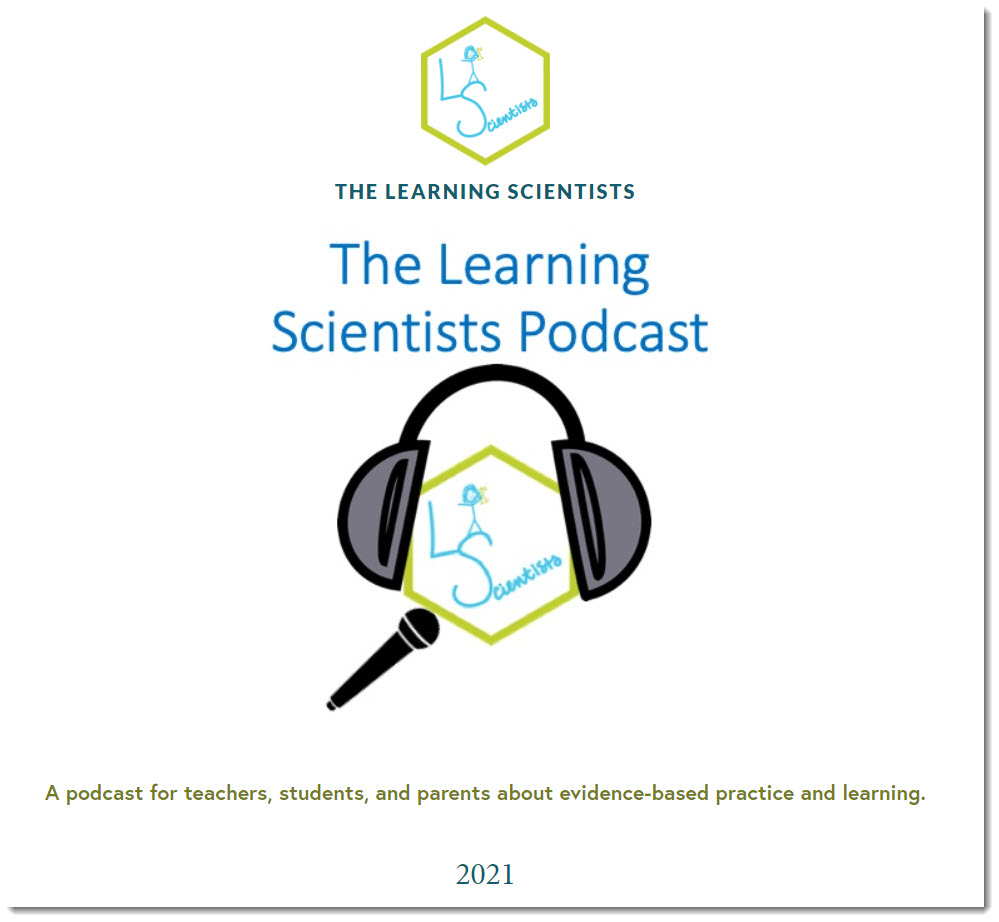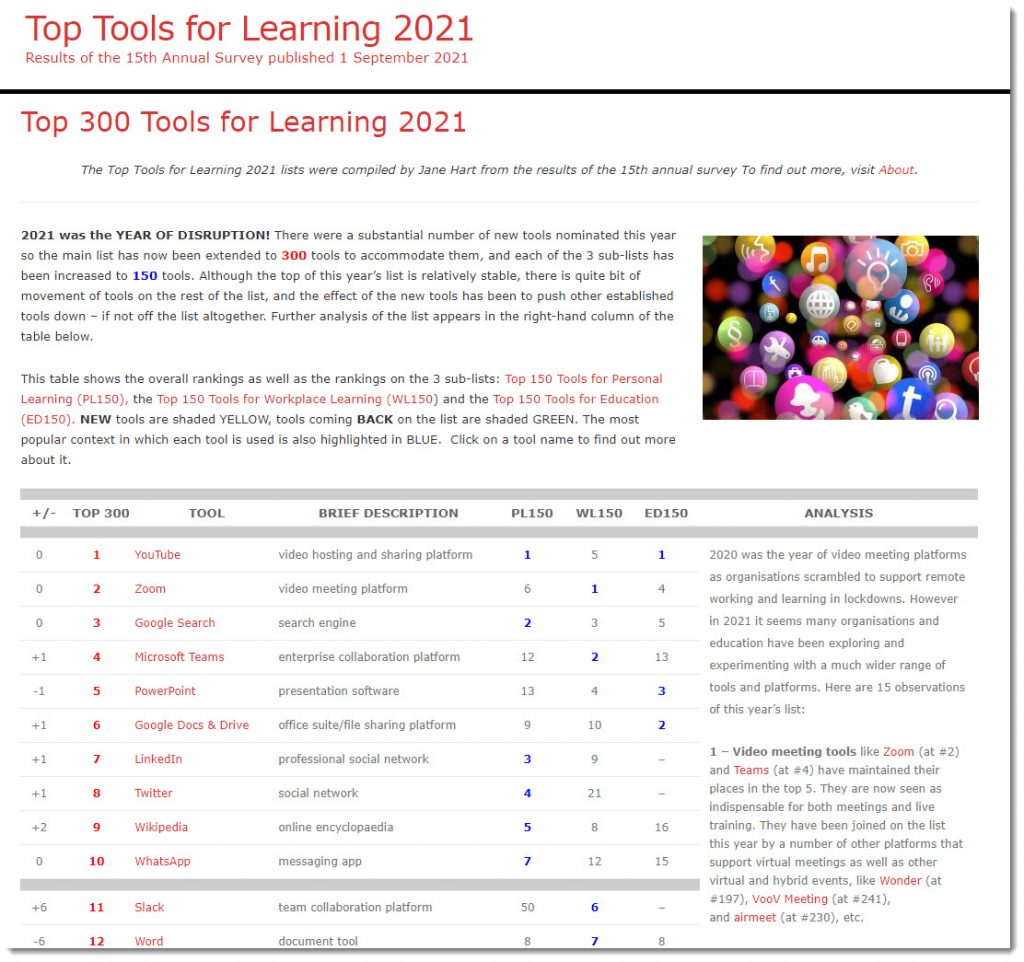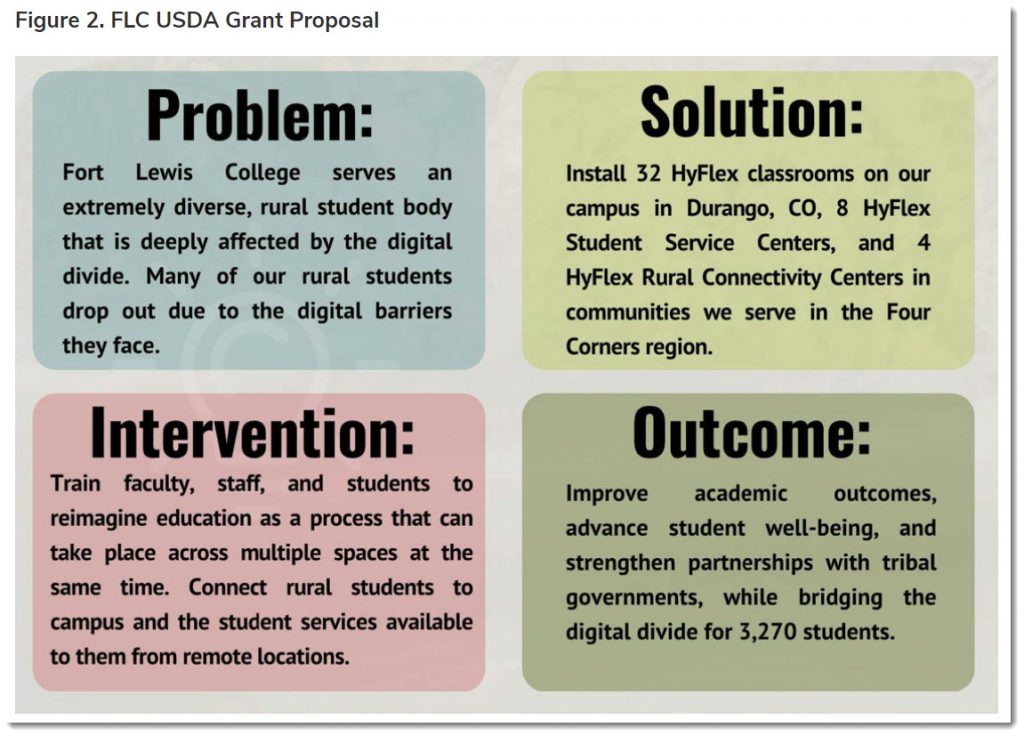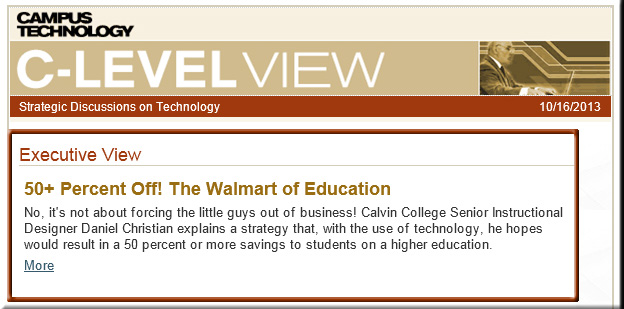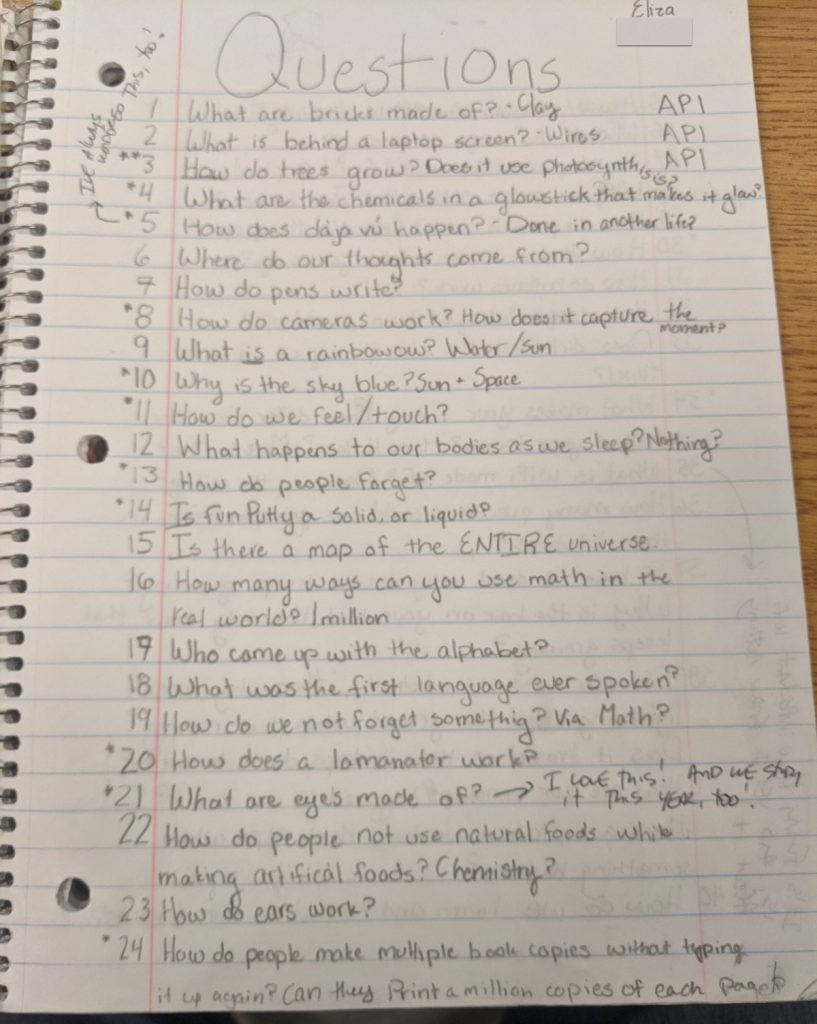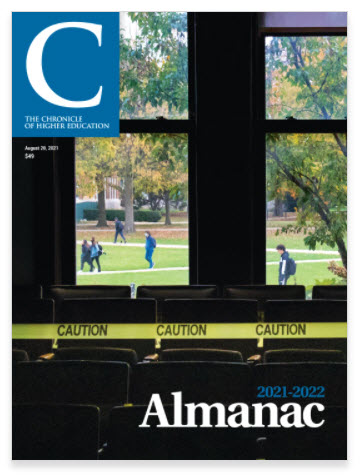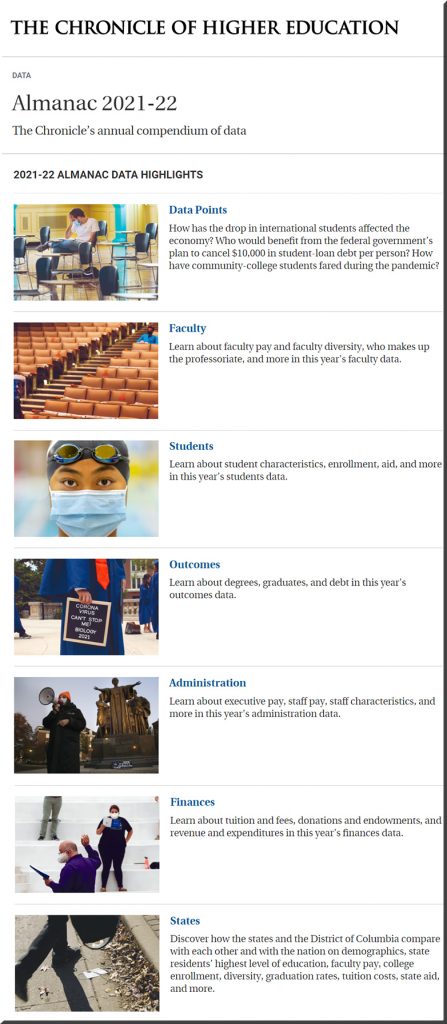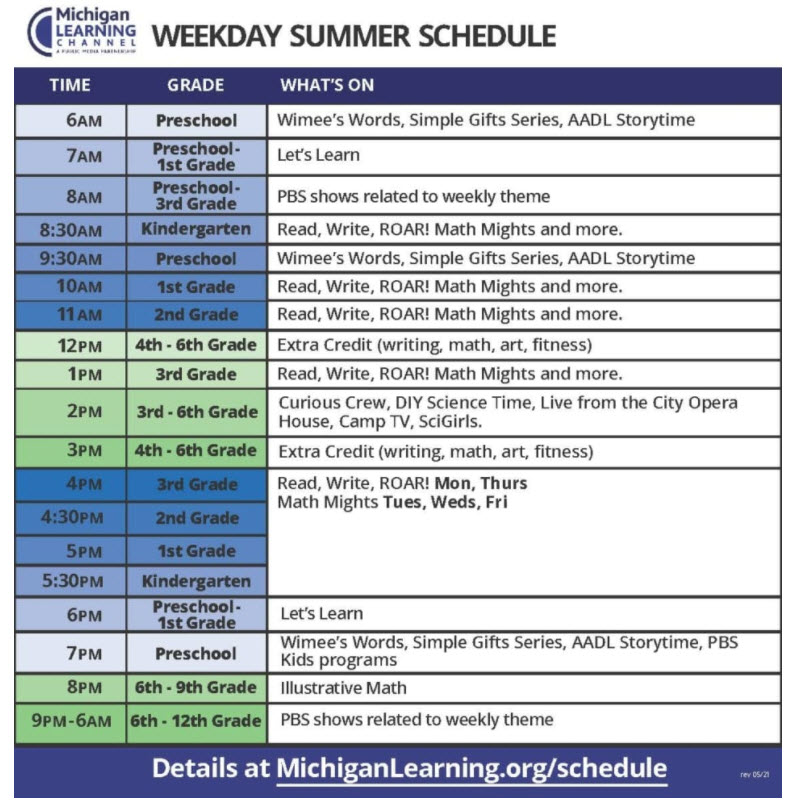Active Learning: 5 Tips for Implementing the Approach — from techlearning.com by Erik Ofgang
Active learning provides ways to get your students engaged without needing to revamp how you teach.
Excerpts:
However, neither listening to a lecture or reading a textbook is the most efficient way to learn or what active learning is truly about. “What exactly do we mean by active learning?” Deslauriers says. “We mean that first, you have to be engaged. Obviously, that’s number one. Number two, you have to be engaged productively. And number three, the productivity has to be toward a goal that is deemed worthwhile*.”
— Louis Deslauriers, Director of Science Teaching and Learning
in the Faculty of Arts and Sciences at Harvard University
From DSC:
I appreciated seeing/reading this solid article. Just a couple of reflections and highlights here…
* But worthwhile for whom? For the faculty members? The teachers? The trainers? Or for the learners, the students, or the employees? Where is agency here? Where does more choice and control come into play here? Where’s the motivation for me to learn something if someone keeps telling me what’s important to THEM? What’s relevant to THEM? Why should I care about this topic? How is it relevant? How will it help me get a job and/or make a positive difference in this world? Can I choose how deep I want to dive in?
Later…Deslauriers goes on to make a great point when urging a pause for students to practice some metacognition:
- Does this make sense to me?
- How is this relevant? <– DSC: There it is.
- Does it connect with something I already know? And if so, how do I integrate with what I already know?
- What sort of questions do I have right now?
- Can I repeat what the instructor just did? Or is it going to require a lot of practice?
“There’s no way you can undergo these mental processes when someone keeps talking,” Deslauriers says. But if educators pause during their lectures and encourage this type of focus, they can help their students learn more efficiently.
Instructors can hand out electronic clickers, use web-based tools such as Google forms, or even go completely low-tech by giving color-coded cards to students that correspond to different answers.
Also see:
- Why Traditional Lectures Won’t End Anytime Soon in Higher Ed Despite Better Approaches Being Available — from techlearning.com by Erik Ofgang
For years, research has shown that students learn more through active learning than from passive traditional lecture, but the old habit is hard to break.
Google Earth Lesson Plan — from techlearning.com by Stephanie Smith Budhai
Excerpt:
The 3D interactive online exploration platform Google Earth provides a pathway to endless learning adventures around the globe. For an overview of Google Earth and a breakdown of its unique features, check out How to Use Google Earth for Teaching.
McKinsey for Kids: I, Robot? What technology shifts mean for tomorrow’s jobs — from mckinsey.com
Tomorrow’s jobs will look different from today’s—and not just because you might be working alongside robots. In this edition of McKinsey for Kids, peer into the future of work and what it may hold for you, whether you’re thinking about becoming a doctor, an influencer—or a garbage designer.
Some psychological benefits of remote learning in k-12 sector — from by Tony Bates
Excerpt:
There have been many criticisms of the move to remote learning during the pandemic for students in schools, but there also appear to have been some unexpected benefits. This article looks at these from a psychological point of view, and how some of these benefits could be continued post-pandemic. The article lists the following benefits…
Top 300 Tools for Learning 2021 — from toptools4learning.com by Jane Hart
Excerpt:
2021 was the YEAR OF DISRUPTION! There were a substantial number of new tools nominated this year so the main list has now been extended to 300 tools to accommodate them, and each of the 3 sub-lists has been increased to 150 tools. Although the top of this year’s list is relatively stable, there is quite bit of movement of tools on the rest of the list, and the effect of the new tools has been to push other established tools down – if not off the list altogether. Further analysis of the list appears in the right-hand column of the table below.
This table shows the overall rankings as well as the rankings on the 3 sub-lists: Top 150 Tools for Personal Learning (PL150), the Top 150 Tools for Workplace Learning (WL150) and the Top 150 Tools for Education (ED150). NEW tools are shaded YELLOW, tools coming BACK on the list are shaded GREEN. The most popular context in which each tool is used is also highlighted in BLUE. Click on a tool name to find out more about it.
Scaling HyFlex for the Post-Pandemic Campus — from er.educause.edu by Jennifer Rider and Ayla Moore
Excerpt:
Setting up HyFlex courses on any campus requires thoughtful planning, careful analysis, continual assessment, and faculty support. But is HyFlex something that higher education institutions can and should permanently adopt in a post-pandemic world?
The Tomorrow Room on campus is a space where new technology will be showcased so that faculty can become familiar with the room design and technology before teaching in a HyFlex classroom.
Teacher Tips: Starting the Year with Station Rotation — from catlintucker.com by Caitlin Tucker
Excerpt:
In an effort to reimagine the first weeks of school, I decided to use the station rotation model to encourage my new students to interact with one another and learn about our class. I designed a collection of stations to encourage them to explore expectations for conduct, course requirements, goal setting, what it means to collaborate, etc. The results were incredible! I was able to breathe and enjoy the relaxing, student-centered atmosphere I had created. Instead of standing at the front of the room talking at them, students worked independently and collaboratively on the tasks at various stations. I was freed to circulate, facilitate, and connect with my students.
DIGITAL SERIES – FUTURE OF WORK: THE NEXT GENERATION
Excerpt:
The working landscape in the United States has rapidly changed in the last 30 years. The one job-for-life model is vanishing and younger workers are trading in stability and security for flexibility and autonomy. GBH and PBS Digital Studios present the Future of Work digital series, a six-part docuseries chronicling six mid-career adults as they navigate the rapidly changing work landscape covering topics such as debt, the gig economy, remote working, career identity, and more.
5 Ways Higher Ed Will Be Upended — from chronicle.com by Arthur Levine and Scott Van Pelt
Colleges will lose power, prices will go down, and credentials will multiply — among other jarring shifts.
Excerpt:
The dominance of degrees and “just in case” education will diminish; nondegree certifications and “just in time” education will increase in status and value.
…
In contrast, “just in time” education teaches students the skills and knowledge they need right now. They may need to learn a foreign language for an coming trip or business deal. They may need to learn an emerging technology. “Just in time” education comes in all shapes and sizes, but diverges from traditional academic time standards, uniform course lengths, and common credit measures. Only a small portion of such programs award degrees; most grant certificates, microcredentials, or badges.
From DSC:
Long-time readers of this blog and my old blog at Calvin (then College) will see no surprises here:
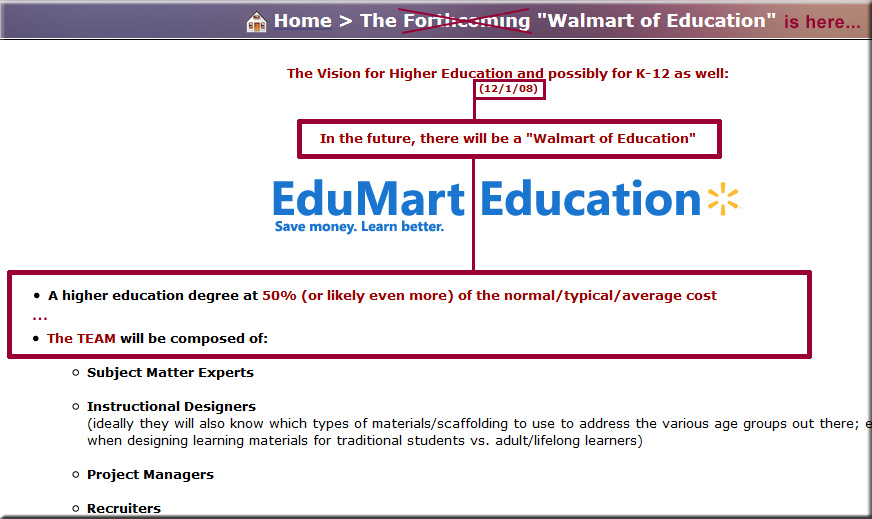
10 Ways You Can Use Podcasts in Your Course to Engage Students — from barbihoneycutt.com by Barbi Honeycutt, Ph.D.
Excerpt:
Have you used podcasts in your courses yet? If not, you might want to consider it! Podcasts can be an excellent tool to add to your lesson to enhance a message, present more in-depth perspectives, and offer a different medium for students to engage with the course content.
And, podcasts are popular! There are more than 630,000 podcasts representing a variety of topics: current issues, education, writing, research, science, leadership, politics, management, business, skill development, hobbies, etc. The list just goes on and on.
I’m almost positive there is at least one episode in one podcast somewhere you could integrate into your course. And if there isn’t, then you and your students could create one!
Best Restorative Justice Practices and Sites for Educators — from techlearning.com by Diana Restifo
Best practices, resources, guides, sites, and more for implementing restorative justice in schools
Excerpt:
In recent years, the conversation around school discipline has shifted from the punitive-based approach to an admittedly more complex, holistic approach known as restorative justice (RJ) or restorative practices (RP). Using carefully facilitated conversations, students, teachers, and administrators work together to solve behavior problems in schools. There may still be suspensions or expulsions—but as a last resort, not first.
The following articles, videos, guides, professional development opportunities, and research are a great starting point for educators and administrators to learn what it takes to institute restorative practices in their schools—and why it matters.
Building Confident Learners Means Valuing Student Questions — from buildingconfidentlearners.com by Bill Ferriter
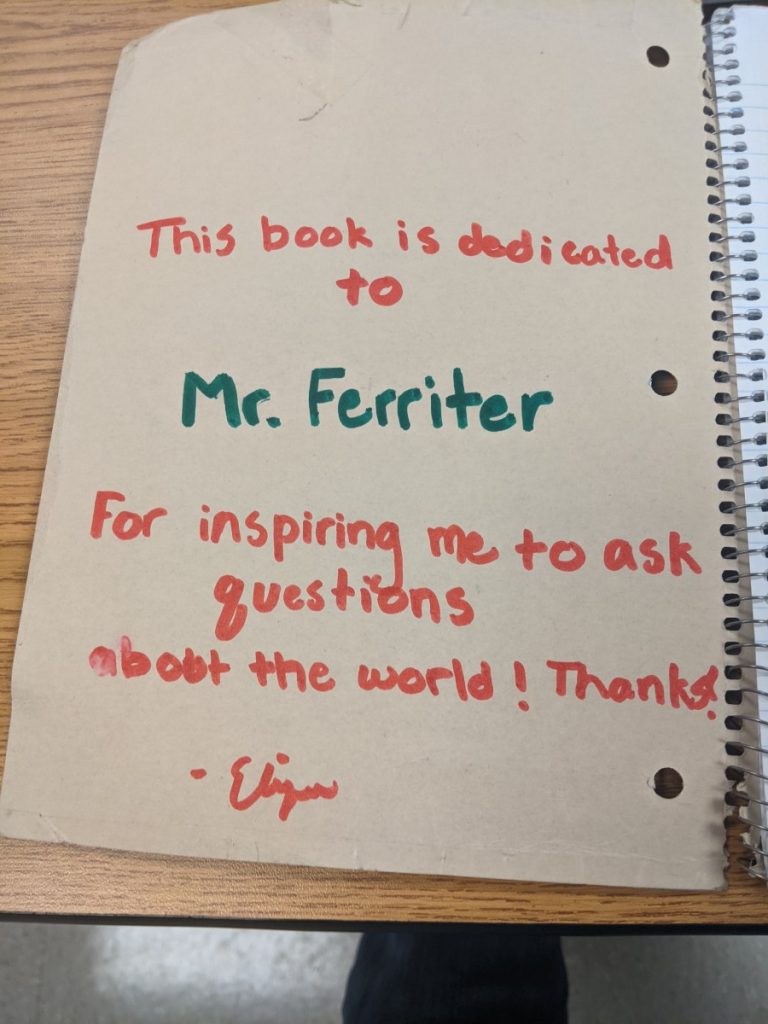
The Michigan Learning Channel is now available through your antenna on ALL Michigan PBS stations!









